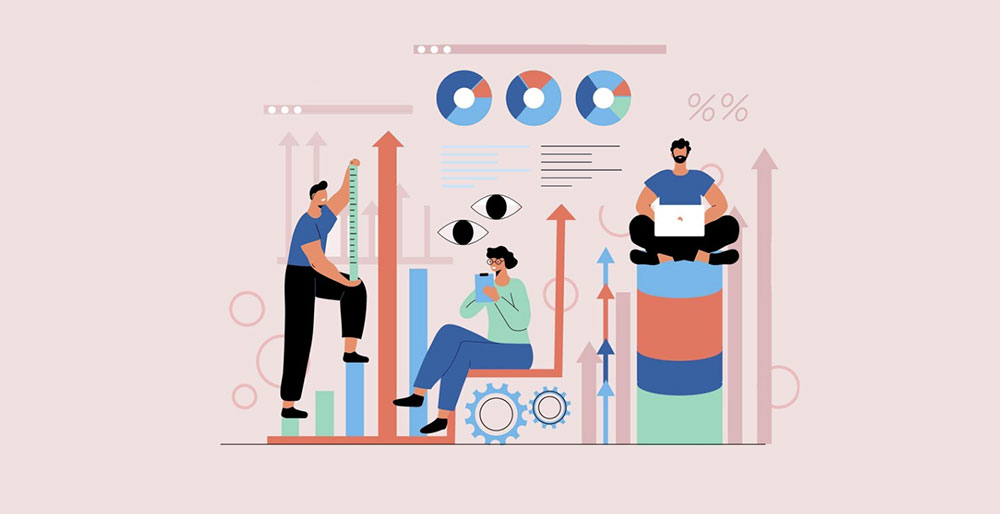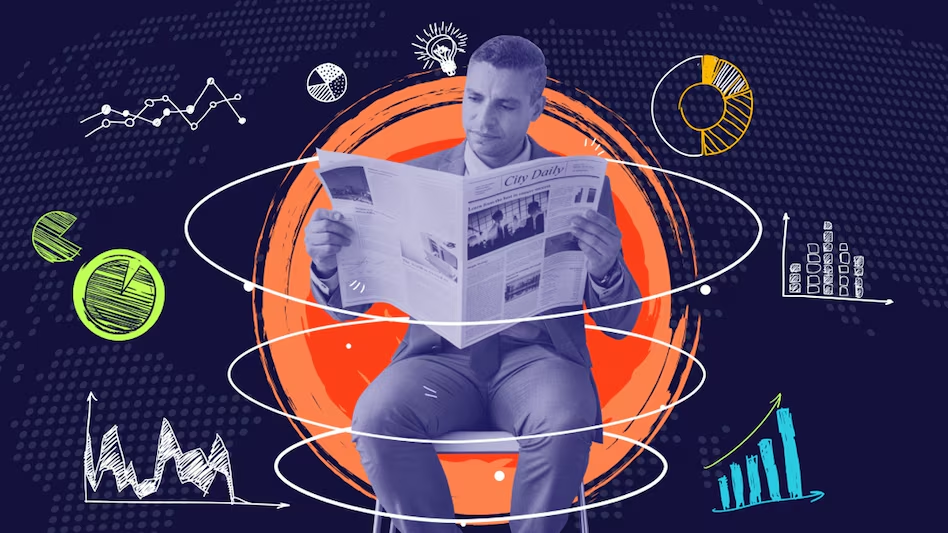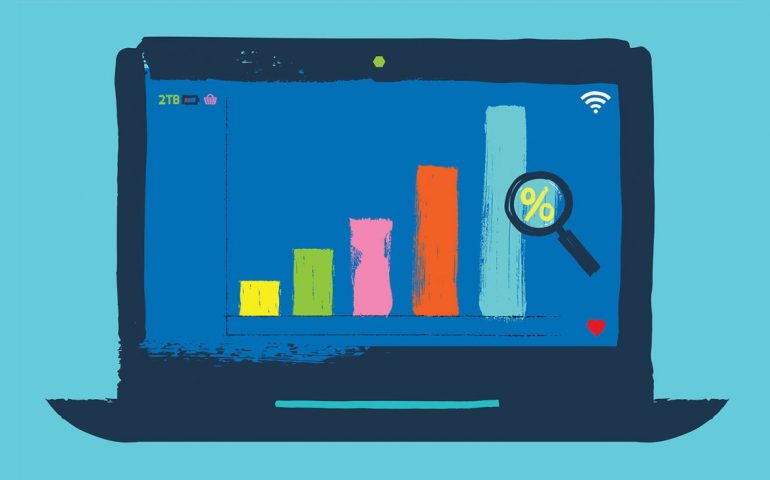In today’s information-saturated world, public relations professionals face an unprecedented challenge: capturing and maintaining audience attention while building genuine credibility. The traditional approach of relying solely on intuition and experience is no longer sufficient in a world where consumers are bombarded with countless messages daily and have increasingly shorter attention spans.
Enter data-driven storytelling—a revolutionary approach that transforms raw statistics into compelling narratives that resonate deeply with target audiences. This methodology represents a fundamental shift from gut-feeling communications to evidence-based storytelling that combines the emotional power of traditional narratives with the credibility and precision of hard data.
The concept is deceptively simple yet profoundly impactful: instead of merely presenting facts and figures, data-driven storytelling extracts actionable insights from data and presents them in visually compelling, narrative formats. This approach addresses a critical challenge in modern communications—while people are initially more likely to believe data, they tend to lose trust quickly, whereas stories have remarkable staying power.
For PR professionals, this evolution isn’t just about adopting new tools; it’s about reimagining how brands connect with their audiences. Data-driven storytelling enables practitioners to move beyond assumptions and create narratives that are proven to resonate with their specific target demographics. The result is more engaging content that not only captures attention but also drives meaningful action and builds lasting relationships between brands and their audiences.
Understanding Data-Driven Storytelling in PR Context

Data-driven storytelling in public relations involves three fundamental components that work together to create compelling narratives. The first component is analysis, which encompasses collecting and organizing data through various methods, including surveys, customer behavior monitoring, and market trend analysis. This foundational step ensures that stories are built on solid, verifiable information rather than assumptions.
The second component is insight and visualization, where raw data is transformed into easily digestible visual formats such as charts, graphs, infographics, and interactive dashboards. This visualization process is crucial because data and metadata often mean little to non-data professionals, but when contextualized and presented visually, the information becomes accessible and meaningful.
The final component is narrative construction, where the most compelling insights are woven into carefully crafted storylines that attract, engage, and ultimately convert target audiences. This narrative element is what distinguishes data-driven storytelling from simple data presentation—it’s about creating emotional connections while maintaining factual accuracy.
Modern audiences crave authenticity, transparency, and emotional connection. Data-driven storytelling addresses these needs by providing empirical evidence that legitimizes brand claims while simultaneously creating engaging narratives that resonate on an emotional level. This dual approach builds trust and credibility while maintaining the human element that makes stories memorable and shareable.
The Strategic Advantages of Data-Driven PR Narratives
The implementation of data-driven storytelling in PR strategies offers numerous strategic advantages that extend far beyond traditional communications approaches. Enhanced credibility stands as perhaps the most significant benefit, as stories backed by solid data provide empirical evidence that supports brand claims and removes uncertainty from messaging.
Precision targeting represents another crucial advantage, as data analytics enable PR professionals to develop hyper-targeted communication strategies and create nuanced audience personas with unprecedented depth. This precision allows brands to understand micro-segments within broader demographic groups and predict audience behavior and communication preferences with remarkable accuracy.
Increased engagement naturally follows when stories are both emotionally compelling and factually grounded. Research indicates that while various types of storytelling can be effective, data-driven narratives have a unique advantage—stories based on new datasets are inherently unique and can reveal insights about interesting trends, consumer preferences, and societal norms that haven’t been widely considered.
The approach also provides measurable impact through clear key performance indicators (KPIs) that allow PR professionals to determine whether their stories are achieving desired outcomes. This measurability transforms PR from a cost center into a demonstrable investment with quantifiable returns.
Implementation Framework for Data-Driven PR Storytelling

Successfully implementing data-driven storytelling requires a systematic approach that begins with strategic data collection. This involves gathering pertinent data through multiple channels, including customer surveys, behavioral analytics, social media monitoring, and market research. The key is identifying which data points will be most compelling and relevant to your target audience.
Data analysis and pattern recognition form the next critical phase, where PR professionals examine collected information to identify trends, correlations, and insights that can form the foundation of compelling narratives. This analysis should focus on finding the “big idea”—whether it’s an unexpected trend, a surprising insight, or a fascinating correlation that can serve as the nucleus of your story.
Narrative construction follows a structured approach similar to traditional storytelling, with a clear beginning that sets the stage and raises questions, a middle section that reveals data and analysis to address those questions, and a conclusion that ties everything together with key findings and implications. Visual aids such as charts, graphs, and infographics play a crucial role in making complex data accessible and engaging.
Distribution and amplification strategies must be carefully planned to ensure data-driven stories reach the intended audiences through appropriate channels. This includes leveraging multimedia storytelling across diverse platforms and creating immersive, multi-dimensional storytelling experiences that maximize impact.
Real-World Applications and Success Stories
Leading brands have already demonstrated the power of data-driven storytelling through innovative campaigns that combine analytics with compelling narratives. Spotify exemplifies this approach through their annual “Spotify Wrapped” campaign, which transforms user listening data into personalized, shareable stories that generate massive engagement and brand awareness. The streaming service collects data about songs, artists, and playlists from its 345 million users and uses this information to create both personalized experiences and original content for its insights blog.
Uber similarly leverages data storytelling to communicate with users on an annual basis, demonstrating how ridesharing data can illustrate the role their service plays in users’ daily lives and highlight the partnership between the company and its customers. These examples show how data-driven narratives can move beyond simple metrics to create meaningful connections with audiences.
The fitness industry provides another compelling example, where apps use activity data to create personalized health narratives that motivate behavior change. Rather than simply presenting step counts or calorie burns, these applications contextualize data within medical recommendations and personal goals, creating stories that inspire action and lifestyle improvements.
Overcoming Challenges and Future Considerations

While data-driven storytelling offers significant advantages, implementation comes with challenges that PR professionals must address. Data collection and analysis can be complex and time-consuming processes, though modern tools and platforms are increasingly simplifying these tasks. Organizations must invest in appropriate technology and training to effectively gather, organize, and analyze relevant data.
Privacy considerations represent a critical concern, as businesses must comply with data protection regulations while maintaining customer trust during data collection and usage. Any lapses in privacy protection could lead to legal repercussions and significant reputation damage, making compliance and transparency essential elements of any data-driven PR strategy.
Skill development is another consideration, as PR teams may need to develop new competencies in data analysis, visualization, and statistical interpretation. This may require additional training or collaboration with data specialists to ensure stories are both accurate and compelling.
Looking ahead, emerging technologies like artificial intelligence and machine learning will play increasingly significant roles in analyzing data and predicting trends. These tools will enable even more sophisticated audience insights and predictive capabilities, further enhancing the precision and impact of data-driven storytelling in PR.
Data-driven storytelling represents a fundamental evolution in public relations, transforming how brands communicate with their audiences and measure success. By combining the emotional power of traditional narratives with the credibility and precision of data analytics, PR professionals can create more impactful, engaging, and measurable communications strategies. As the digital world continues to evolve, organizations that embrace this approach will be better positioned to build authentic connections, drive meaningful engagement, and achieve measurable results in an increasingly competitive communications environment.

